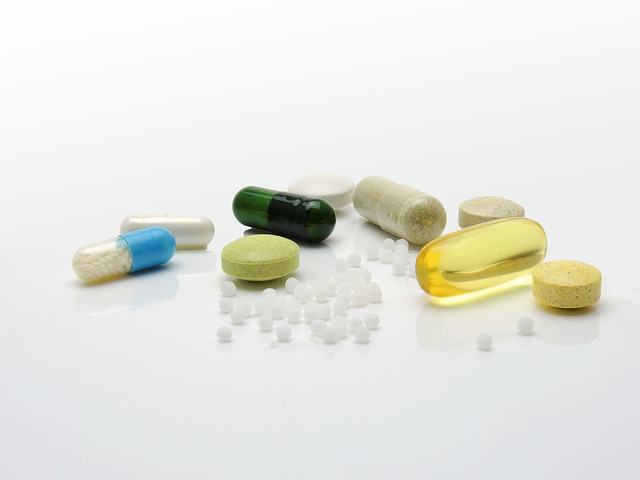Enzyme inducers most frequently reduce the concentrations of other drugs. This can ultimately lead to treatment failure. In rare situations (i.e. prodrugs), starting an enzyme inducer can potentially raise concentrations of the active metabolite and increase the risk for toxicity. Throughout my pharmacy career, I’ve been tested on various enzyme inducers. Here’s my top 5.
Carbamazepine
Carbamazepine is an antiseizure, mood stabilizer, and alternative agent used in the management of various pain syndromes like trigeminal neuralgia. It is the first drug I think about when folks talk about enzyme inducers. Here’s a good example from the past!
Rifampin
Rifampin really isn’t used terribly often in clinical practice, but there are a few situations that it might be considered for its antibiotic properties. Here’s a classic case study where discontinuing the medication put a patient at high risk for bleed.
St. Johns Wort
I can’t say that I see patients use this very much, but it is a well-known herbal medication that can have a lot of negative impacts when it comes to drug interactions. Hopefully, most of our patients are wise enough to ask their pharmacist of primary provider prior to starting this supplement. Here’s a case scenario that resulted in pregnancy.
Phenytoin
Phenytoin has so many clinical pearls that you need to be aware of and one of them is that it can reduce the concentrations of other drugs. You definitely need to listen to this podcast episode! I do see phenytoin used in practice on occasion, so definitely be aware of the potential complications and risk for drug interactions with this medication!
Other case studies and pearls that you can check out on phenytoin:
- https://www.meded101.com/bactrim-phenytoin-interaction-case-study/
- https://www.meded101.com/rifampin-and-phenytoin-interaction/
- https://www.meded101.com/albumin-and-phenytoin-you-can-have-a-lot-of-one-without-the-other/
- https://www.meded101.com/dilantin-and-vitamin-d/
Phenobarbitol
Phenobarbitol is an old antiseizure medication that is seldom used anymore due to its adverse effect profile and its potential for drug interaction. Rarely, I do see the prodrug primidone used for essential tremor. Remember that primidone is actually converted to phenobarbital, which has the majority of pharmacological activity.
There you have it, I would strongly encourage you to remember these enzyme inducers that may show up on your exam and may actually show up in real life as well! What else would you add to this list?
- 30 medication mistakes PDF
- 18+ Page Drug Interaction PDF
- 10 Commandments of Polypharmacy Webinar based on my experiences in clinical practice



0 Comments